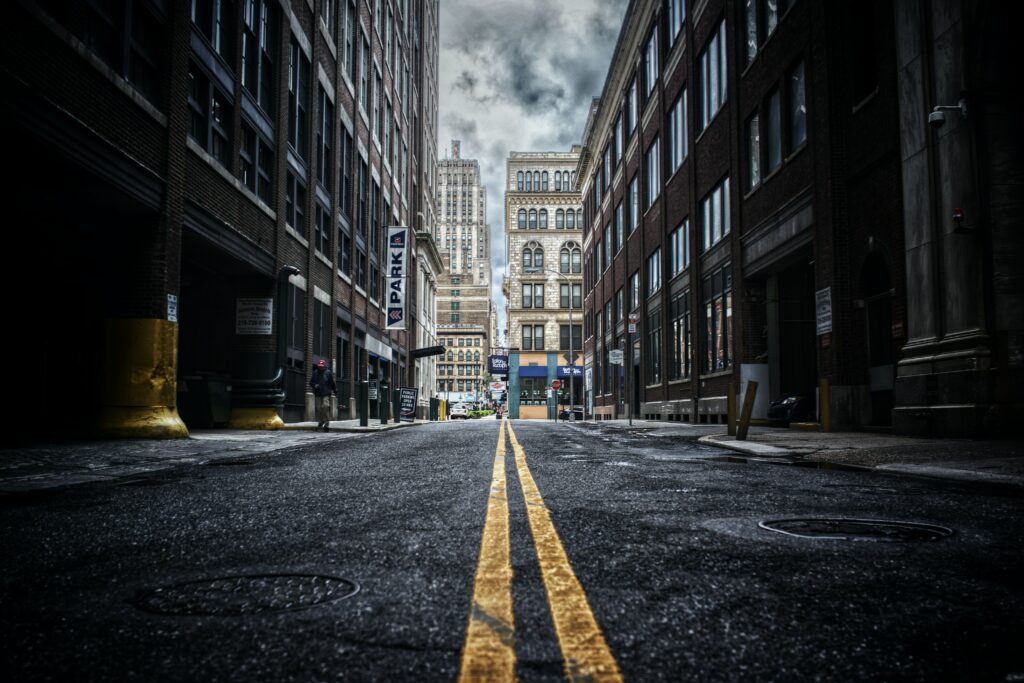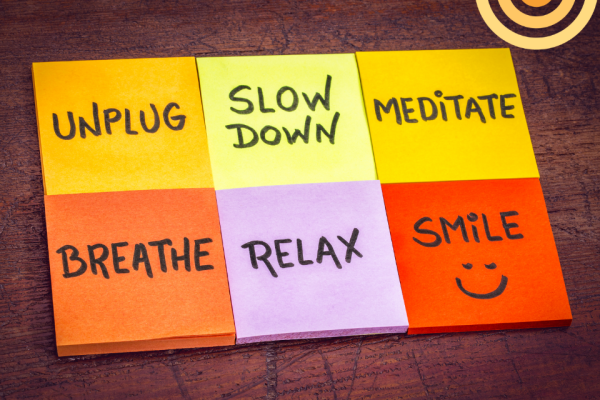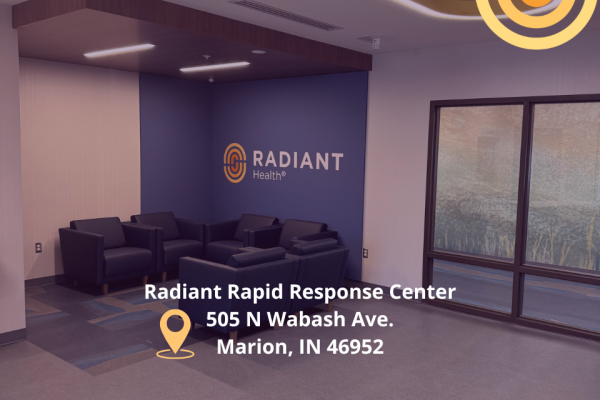I lived most of my adult life near Chicago. One day when I was sitting at a red light, I glanced into my rear view mirror. I was shocked to see a man hitting a …

When You Witness Violence: Be an Active Bystander
As I turned left, I pulled into the median so I could follow the man who was fighting the woman in his car. They pulled into a near-by mall parking lot and I followed them.
I dialed 911 as I drove and told the emergency operator what I saw, the make and model of the car as well as the car’s license plate number.
Just then, the woman jumped out of the car. She was not a woman. She was a teenager. She ran around the back side of a small store that was closed. I drove to intercept her. I begged her to get in my car. She told me, “No.”
I kept talking to her as long as I could before the man in his car got between her and I. I then tried to talk to him, while I still had the 911 operator on the phone. I told him he should leave as I had already called the police and they were coming. As he inched his car closer to my vehicle, he reached for something under his seat. I did not know if he had a gun, knife or was just trying to intimidate me to leave.
To be safe, I pulled my car away, driving around the building to try to talk to the young girl again as blood flowed from her head. In less than four seconds she was gone. She had gotten back in his car. In two more seconds, her attacker was back out on a four-lane street driving 65-70 miles an hour.
I slumped into the seat of the car. Again, I talked to the 911 operator, telling her which direction the car was headed and asked if she could let me know if the police saved the girl. The operator, “No. You’ve done all you can.”
I felt numb. I felt if the police did not rescue this young woman she would die. Had I done everything I could to help?
After work that night, I was telling the story to a friend of mine in a check-out lane of a Home Goods store. There was a coin bank on the check-out counter to help abused women. I said to my friend, “I guess I better give to this charity.”
The cashier started to scan my purchases. Then, she began to cry. I looked at her. I said, “Are you OK?”
She barely got out the word, “no.”
As she looked at me and change collection box and cried, I asked her: “Are you safe where you live?”
Again, she shook her head “no” and kept crying. By then, her manager was walking toward us. I asked the cashier if I could ask the manager to get her someplace safe. For the first time, she nodded her “yes.”
Thankfully that day, I knew at least one woman, abused at home, would sleep safely that night. I prayed the other young woman would find a haven of rest, too.
We cannot stop every abuse that occurs. But we can become active bystanders and intervene for those who cross our paths.
Contact authorities when you see something. Avoid entering into a situation where you may place yourself in harm’s way, as I almost did. Let the authorities do their jobs. But try to remain calm and remember as much information as you can about the situation to help police do their job.
And when someone reaches out for help, as the cashier did, lead them to people and organizations who can help.







